Citing environmental factors and potential health risks, assembly member Phil Ting (D-Calif.) has reintroduced a bill pushing for the adoption of electronic receipts in the state while phasing out widely used paper receipts.
AB 1347, also known as “Skip the Slip” bill, will require stores to make electronic receipts their default option. In case a customer requests a paper receipt, the receipt cannot be longer than necessary and must be free from chemicals like BPA and BPS. Businesses that do not comply with the regulation after two warnings could be subject to a penalty of $25 per day, with the maximum annual penalty capped at $300.
“When we get coffee to-go or a pack of gum, most of us don’t want or need a physical receipt. It’s time we provide customers with the option to get no receipt or a digital receipt. It doesn’t make sense to kill so many trees and produce billions pounds of carbon emissions,” said Ting. “AB 1347 gives customers a choice and still provides for customers to request a paper receipt when they need it.”
The bill is Ting’s second attempt at moving California away from paper receipts. In 2019, Ting had introduced AB 161 with the same objectives. However, that bill stalled in the Senate Appropriations Committee.
At the time, the Paper Receipts Converting Association (PRCA), a nonprofit trade association, had applauded the California Senate for stopping the advancement of the bill.
Environmental, Health Impacts
According to a report by the nonprofit Green America, paper receipts use 10 billion gallons of water and 3,688,000 trees every year in the United States. The production and disposal of paper receipts result in carbon emissions equivalent to more than 471,000 cars on the road.On the other hand, the fact that paper is a renewable, recyclable material is pointed out as a plus point. “Trees are a sustainable resource, and the paper that is made from trees is the most recycled material in the United States today,” the PRCA states.
“According to the EPA, paper and paperboard accounted for approximately 66 percent of the municipal solid waste recycled or composted in 2017. (For reference, the closest comparable material was metals at only 9 percent.)”
A survey by Green America found that 86 percent of Americans would like retailers to provide digital receipts, with respondents stating that they lose or throw away 49 percent of the paper receipts they receive on average.
Around 93 percent of paper receipts are estimated to use BPS or BPA coating, with the amount of BPA estimated to be 1,000 times more than BPA in a food can or plastic bottle. Some studies have found retail employees who come into regular contact with such paper receipts to have over 30 percent more BPS or BPA on their bodies.
FDA on BPA, Exposure With Wet Hands
BPA is not only used in paper receipts but also in food packaging as well. The U.S. Food and Drug Administration (FDA) deems the use of BPA in food packaging as safe.France even banned the use of BPA in any food or beverage packaging in 2015, something the FDA “had decided was not warranted.”
Greger notes a difference in BPA exposure based on how people come into contact with it. Holding a paper receipt for 60 seconds results in 3 micrograms of BPA in the body. However, if an individual were to pre-wet their hands with a hand sanitizer, then up to 300 micrograms of BPA can enter the body.
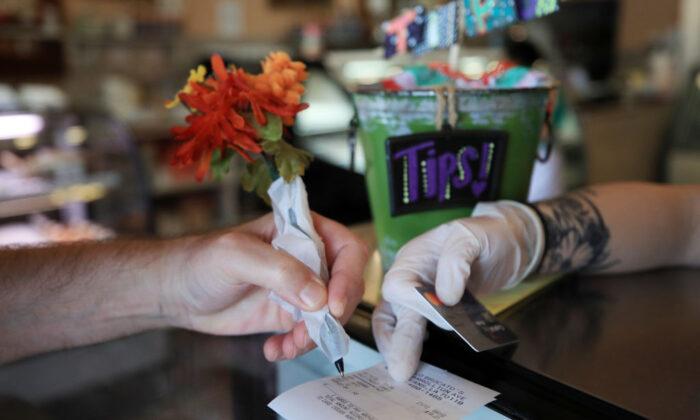

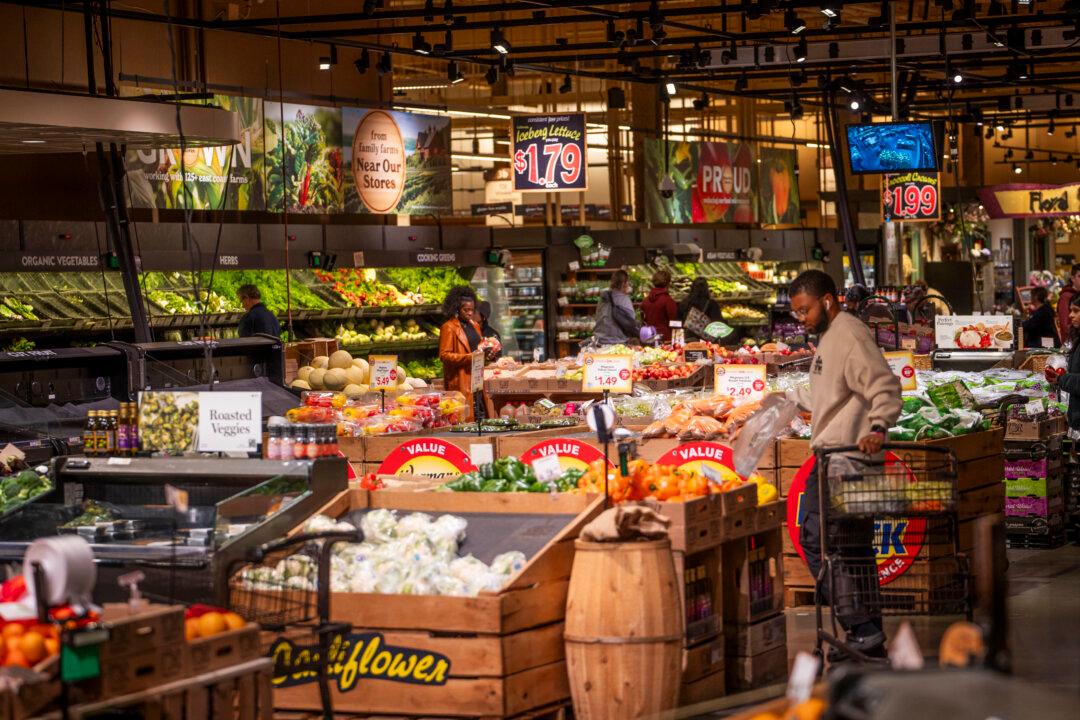
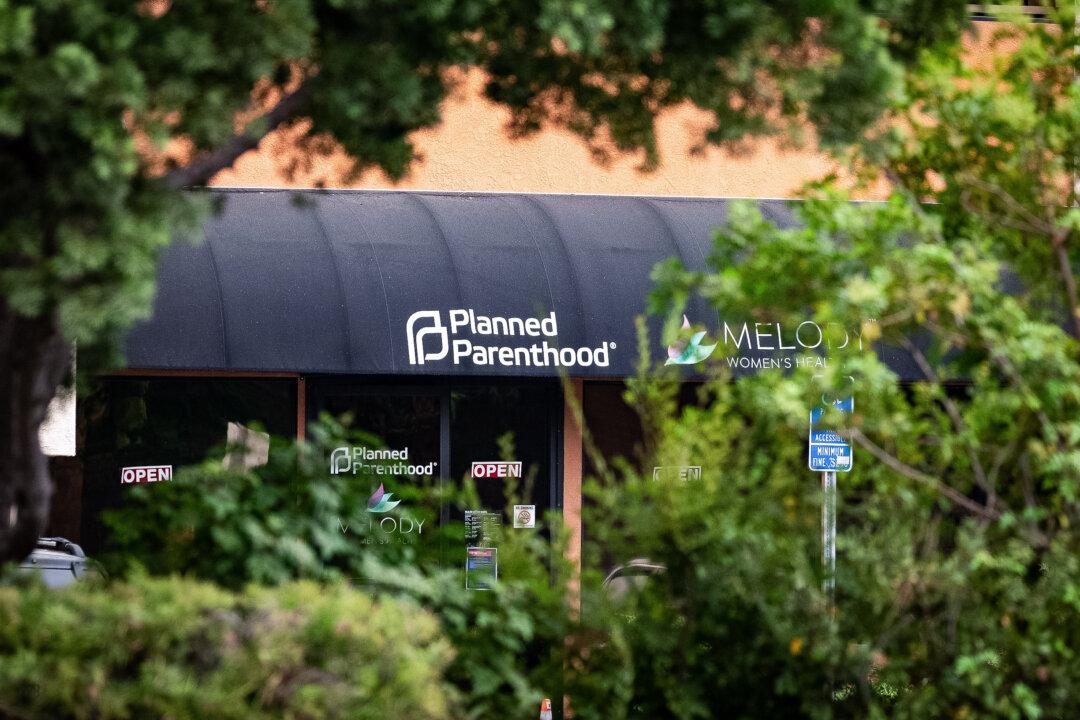
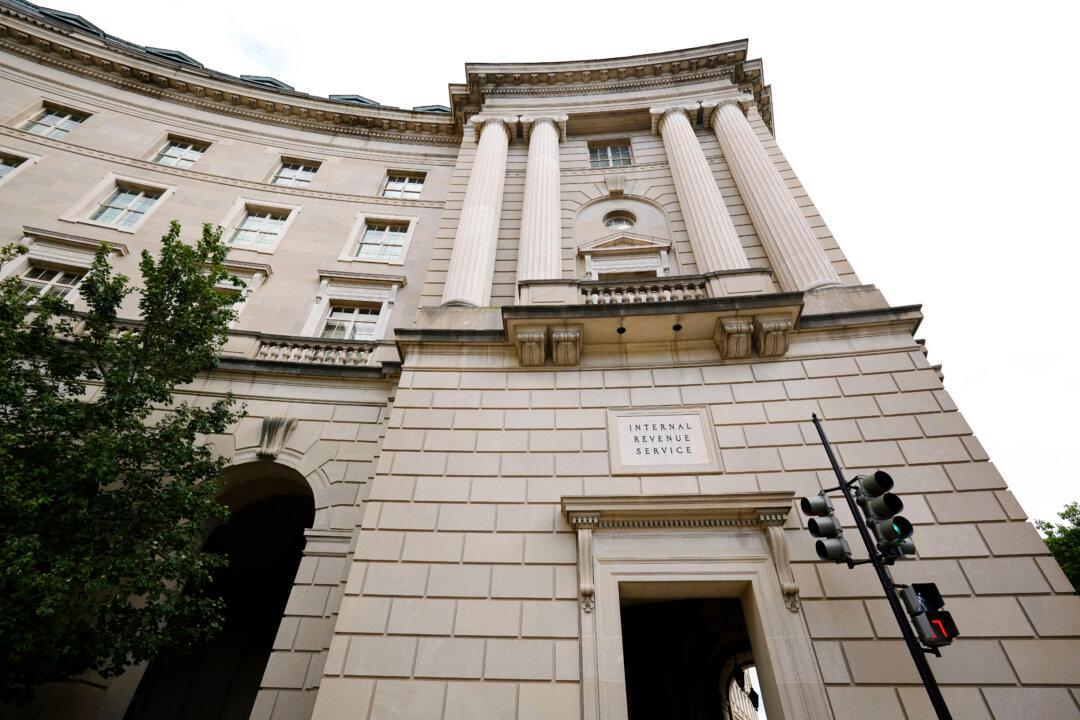
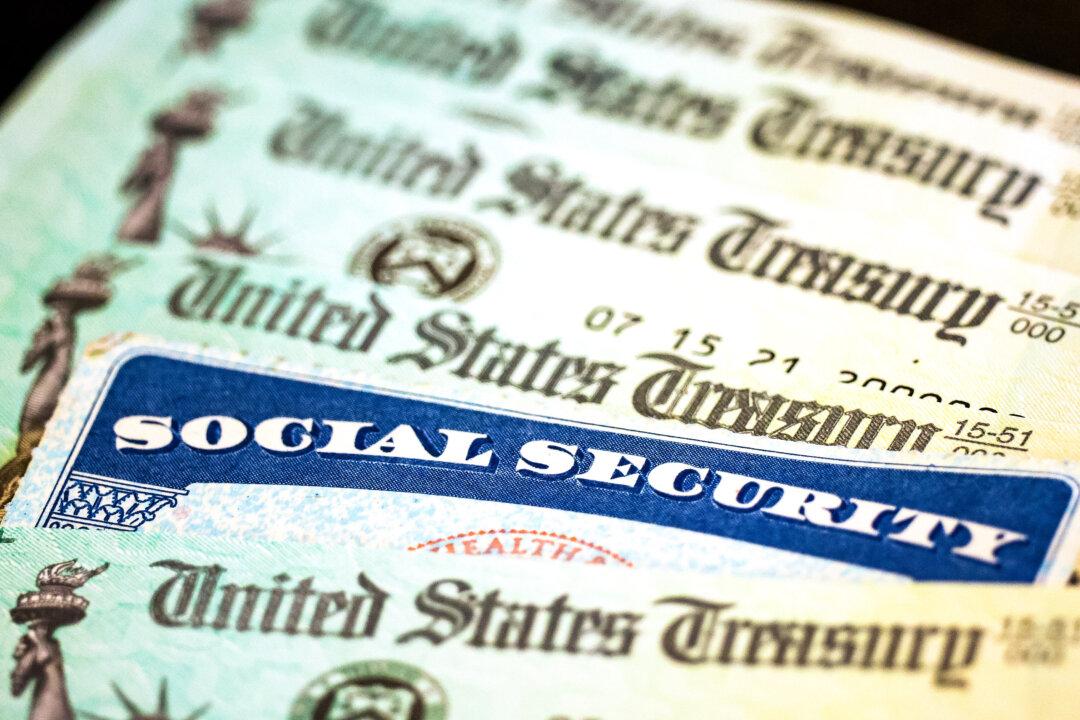
Friends Read Free